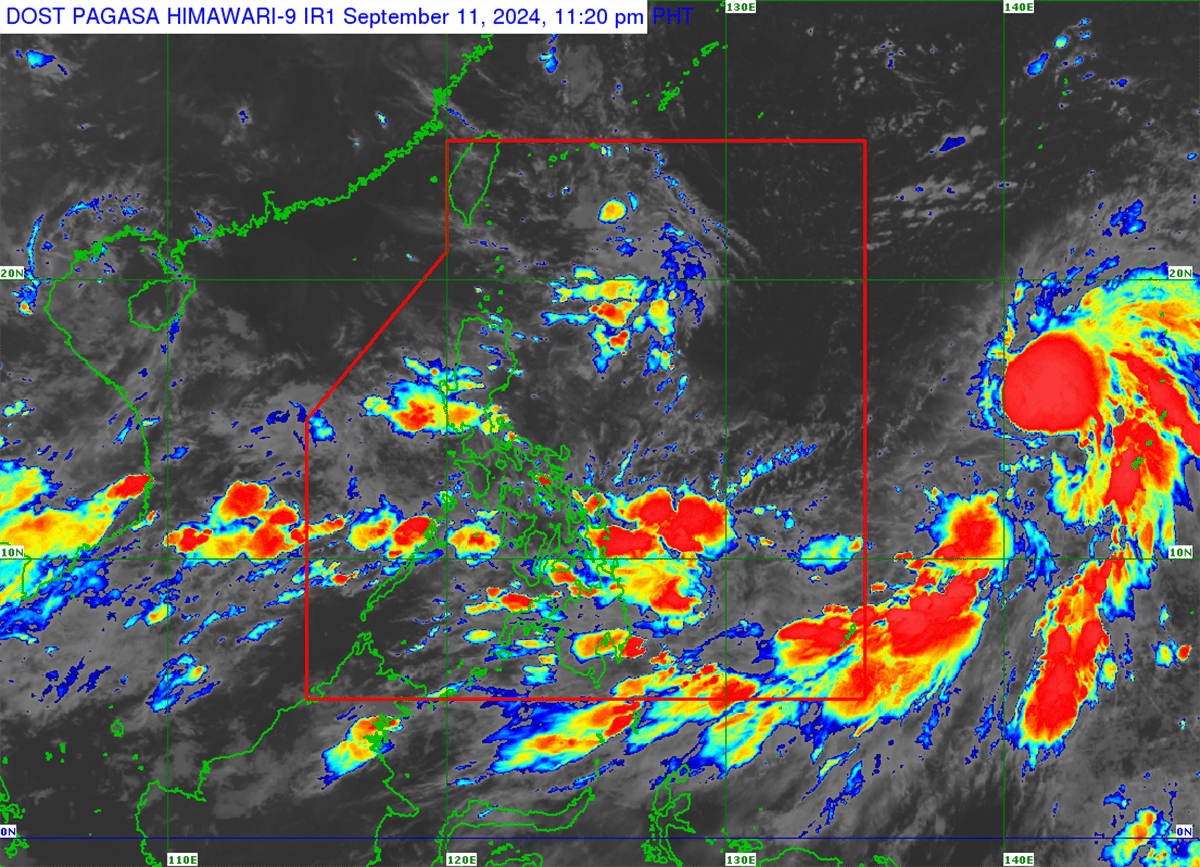Pagasa to tap AI for more frequent, longer-term weather forecasts

Instead of every three hours computation, DOST Sec. Renato Solidum Jr, said Pagasa, utilizing AI, would now be able to provide a forecast of every 15 minutes. —Image from Pagasa website
MANILA, Philippines — The Philippine Atmospheric, Geophysical and Astronomical Services Administration (Pagasa) will soon use artificial intelligence (AI) in weather forecasting, the Department of Science and Technology (DOST) said on Wednesday.
Science and Technology Secretary Renato Solidum Jr. made the remarks during the Senate deliberations on the 2025 proposed budget of the DOST and its attached agencies, including the state weather bureau.
“Soon we will [use], through our research program, artificial intelligence in weather forecasting. So instead of every three hours computation, our target is to provide a forecast every 15 minutes,” he said.
READ: AI beat conventional weather forecasting for the first time
Solidum said AI would help Pagasa forecast the weather for the next 14 days instead of the current five days.
Article continues after this advertisement“Once we are able to develop the AI-improved weather forecast, for example, our target is 15 minutes, but every five days, Pagasa releases a rain forecast [and] we want to make that 14 days with the use of AI,” he said.
Article continues after this advertisementBig difference
Sen. Juan Miguel Zubiri, who presided over the hearing, questioned why the forecasts in certain parts of the country were inaccurate.
According to Solidum, it is easier to forecast the weather in a continent compared to an archipelago.
“There is a big difference between continental meteorology and meteorology in an archipelago like the Philippines. We have many water systems and many sources of weather systems because of the archipelagic meter,” Solidum said.
The state weather bureau, he added, practices “impact-based forecasting.”
“Instead of just determining if it will rain, this approach establishes the effects of the rain so that [a] suitable response can be made,” he said.
According to Solidum, the country needs at most 21 Doppler radars, which are used to detect rainfall.
Pagasa Administrator Nathaniel Servando said that 11 of the 19 Doppler radars were operational. Some had been damaged while the others were due for replacement, he added.
Multiagency collaboration
During the hearing, Senate Majority Leader Francis Tolentino called on the DOST to collaborate with other government agencies to address the country’s pressing flood control problems and other challenges, such as the ongoing African swine fever outbreak.
Tolentino said the DOST’s technical expertise and innovative solutions could play a significant role in solving complex issues related to agriculture, flood management, and environmental sustainability.